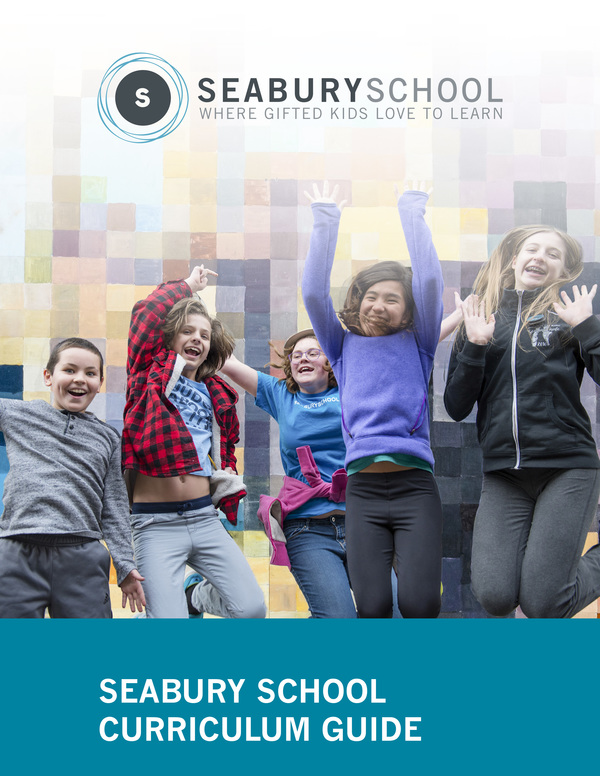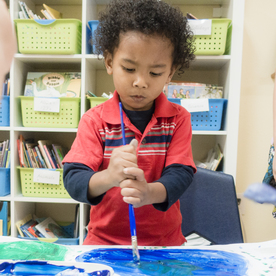
Our youngest learners
The big concept
I think ◠I wonder • I discover
Integrated learning
Math
The students work on number sense, number recognition and beginning math concepts, moving into higher level concepts when individuals are ready. As with all academic work, math is tailored to each child's developmental and academic readiness, and focuses on strong conceptual development using hands-on materials for exploration.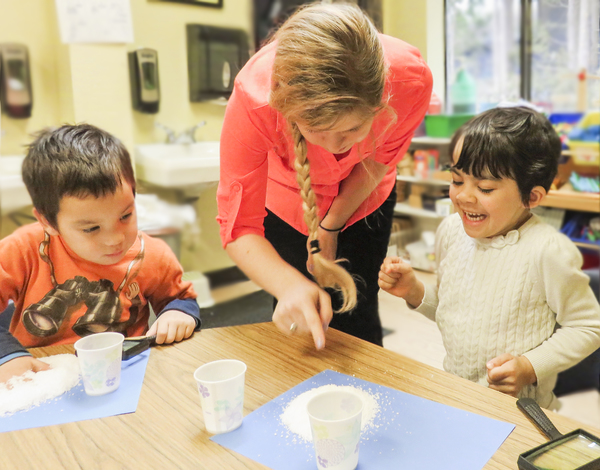
Science and social studies
The children learn the scientific method/inquiry process to make and record observations . As students learn about topics, such as botany, community helpers, or sound waves they build higher level thinking skills through activities such as compare and contrast, prediction, and looking for connections between ideas.
21st Century skills
The children learn to take care of their bodies and their materials in the classroom. We work as a community of children and adults who respect each other and are kind to one another. The children learn to ask for what they need in an environment of responsive adults and develop skills of self-advocacy and independence. Students use iPads for presentations, skills based games, and Kodable, an early learning coding game.
- Powered by STEAM
- The importance of play
- Is your young child gifted?
Our early learning program interweaves STEAM into learning every day, but our pre-k and kindergarten also students get two extra-big, multi-age, engineering-focused shots of STEAM twice a week.
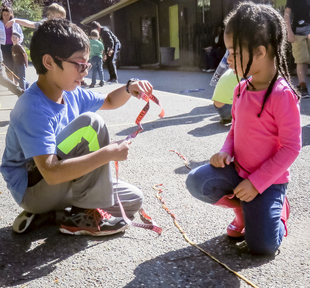
One day, the fifth graders collaborate with the younger students on a STEAM challenge.
Another day the third/fourth grade class does the same.
This mentoring by the older students is invaluable for many reasons. It builds a sense of community. It allows an opportunity for one-on-one work – on projects that require more hands than teachers and instructional aides can supply. Our young students get a chance to work on projects that they have the big ideas to manage, but might need help with the fine motor skills, strength and height. The older children gain respect for the younger ones and a realization that they are more than the cute ones.
As a kindergartner put it: "If they don't know something, we can teach them. And if we don't know something, they can teach us."
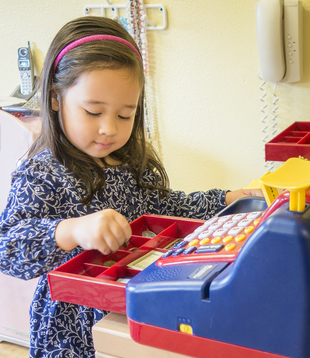
Learning looks like play in our early learning classrooms. While play times appear spontaneous, the classroom environments are carefully designed to encourage play in a way that develops imagination and creativity, curricular concepts and skills, cooperation and social skills, fine and gross motor skills, collaboration, problem solving, independence and self care. When at play, children are able to imagine, explore, hypothesize and choose the direction of their own learning.
Especially for young gifted children, play becomes a means for exploring complex questions and ideas, giving children the chance to share knowledge with peers as they pretend together. A group of young Seabury students playing veterinarian with stuffed animals used a light table to look at x-rays, discussed anatomy, used stethoscopes and bandages to treat and diagnose, set up a system for making appointments, billed patients and collected money with the cash register – and more. This "play" lasted for days and showed complex learning far above pre-k and kindergarten level.
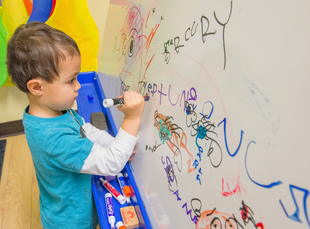
All children have their own areas of strength. However, some children have unusually advanced abilities that require special adjustments at home and school to help them grow and learn. As you watch your child grow and develop, you might notice skills or characteristics that are quite different from those of other children the same age. For example, your child may:
- Be especially curious and observant.
- Use adult-sounding words and reasoning.
- Think of many unusual ideas.
- Recognize complex patterns or relationships.
- Come to surprising solutions to problems.
- Show a strong memory.
- Ask unusual questions.
- Demonstrate advanced talent in a certain area (such as mathematics, science, writing, art, music, or drama).
- Learn letters or numbers early and read before being formally taught.
- Display an unusually intense passion for a subject, such as dinosaurs, space, or insects, and seemingly soak up everything there is to learn about that topic before moving onto the next.

